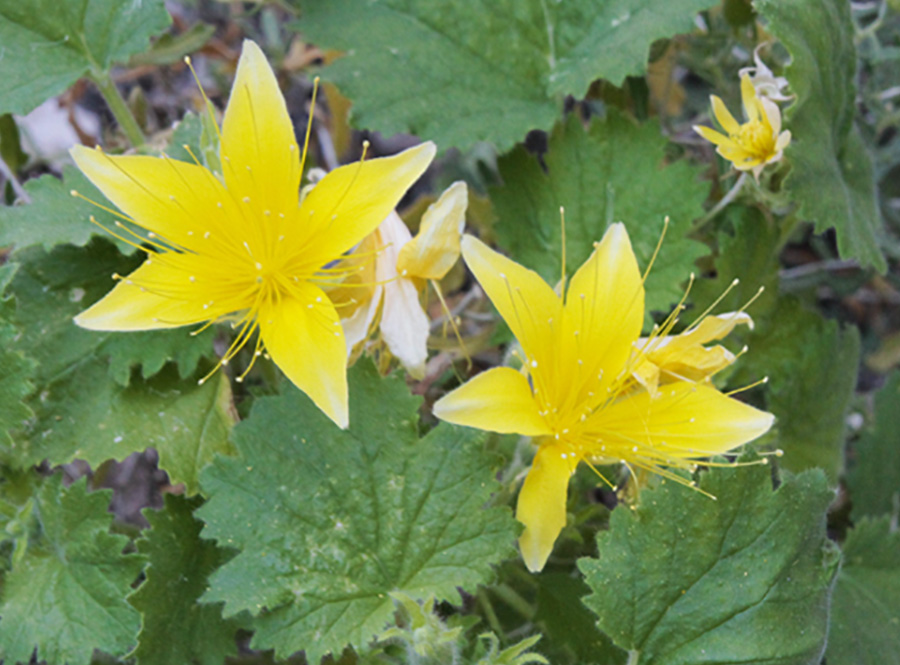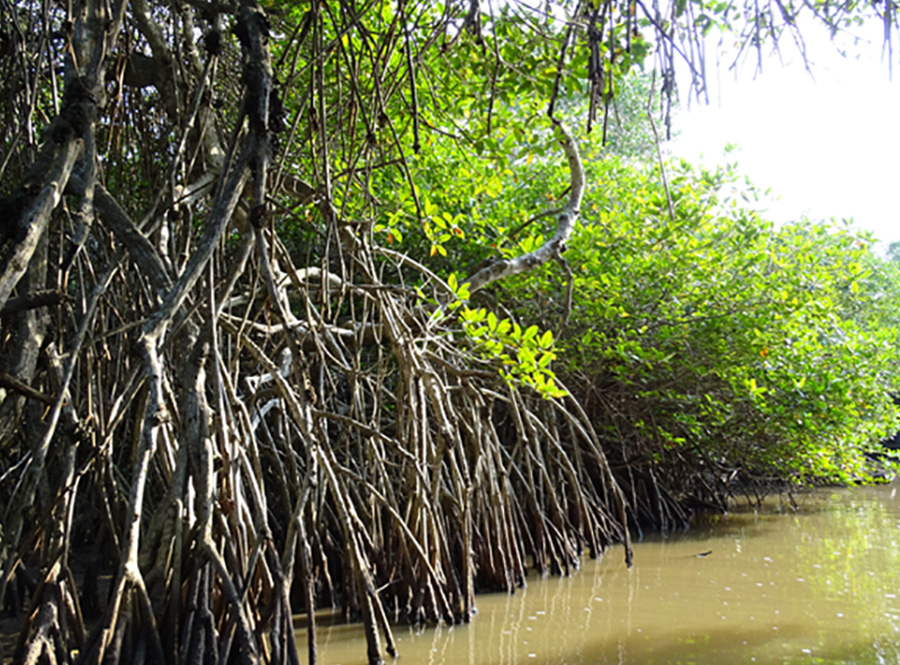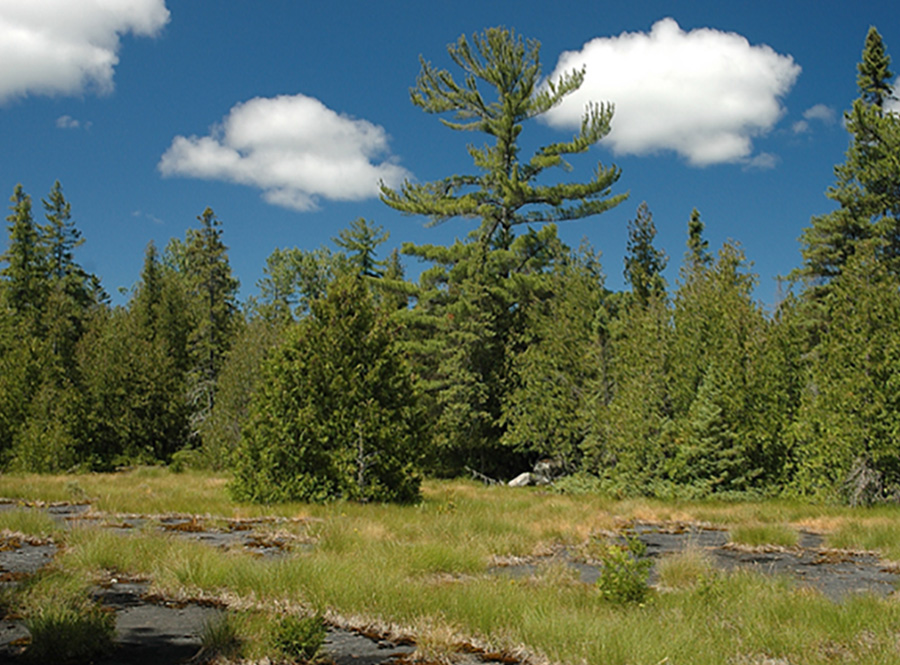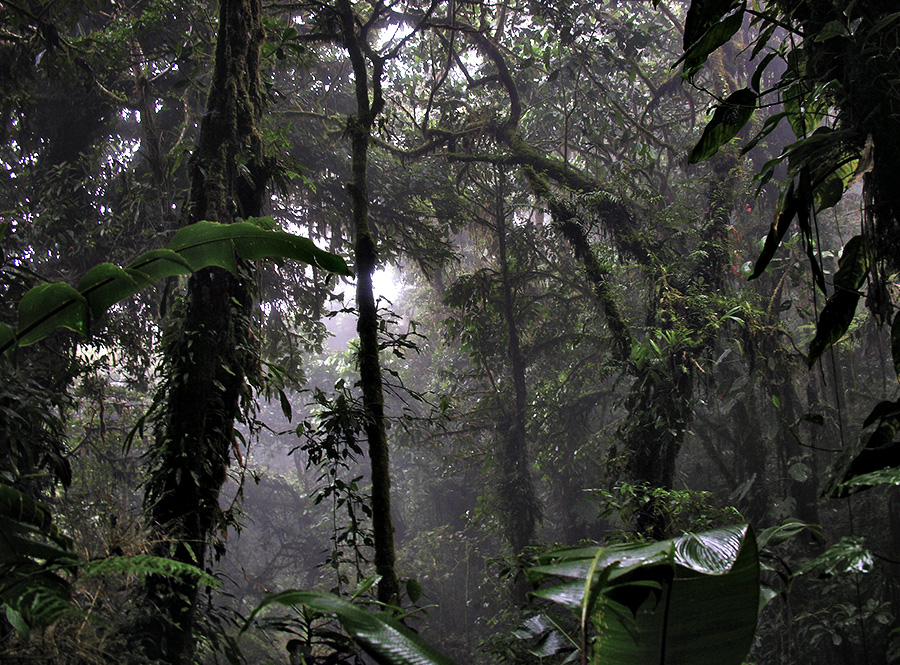Before we can understand how rare species or ecosystems are and make plans to protect them, we need to know what they are. Don’t we already know that? Surprisingly, it’s not that simple.

Species Taxonomy
In 1785, Carl Linneaus, the “father of modern taxonomy,” devised the system for naming organisms that is still in place today. The science of taxonomy is dynamic—new species are being discovered and described every day, but scientists don’t always agree on the definitions or the names used, and species descriptions and names don’t always line up when you compare them.
NatureServe provides a common language for talking about species
NatureServe assembles a standard, comprehensive list of species in North America, and we use it to make sure that the names and definitions used by our Network Programs and others are comparable. We ensure that all Network programs are defining apples, oranges, asters, and orioles in the same way. This standardization of names and definitions gives us confidence that all of NatureServe’s data about species and ecosystems are consistent.
How this helps with conservation & preventing extinctions
Countless species names have changed since we began collecting data on rare plants and animals over 40 years ago. Populations long thought to belong to the same species were later determined to consist of several different lineages, whereas species thought to be distinct have been found to be mere varieties of a single species. These taxonomic revisions help clarify what is rare and what is common. NatureServe’s efforts to reconcile species names and descriptions to a common standard ensures that our conservation status assessments are valid and that the data are ready to be used to guide species management decisions.
How we do it
Many states and provinces maintain their own lists of species, and their names and definitions vary. Some use the same name for different species definitions, and sometimes the same species is known by more than one name.
To assemble our comprehensive list of distinct species, NatureServe scientists review taxonomic literature and incorporate taxonomic updates into our databases. This work falls under four categories:
- Keeping track of species names, synonyms, and associated taxonomic revisions, especially when different parties and historical records use different names.
- Adding and tracking species previously unknown to science.
- Assessing and updating species designations that are affected by newer taxonomic understanding.
- Identifying and removing species that scientists no longer accept as distinct from other species.
Where available, we follow well-accepted standard sources for species groups, like the Flora of North America for plants and the American Ornithological Union for birds. When agreed-upon standards are lacking for species groups, or there is disagreement among taxonomists, we assemble a taxonomic standard based on the literature and expert input. A list of the standard sources we follow is provided here.

Ecosystem Classification
Linnaeus did not develop a method for classifying ecosystems, so NatureServe and its partners did.
Ecosystems are distinct assemblages of plant and animal species interacting with their environment, and NatureServe has developed ways to define and name them—like “Longleaf Pine Woodland” and “Central Tallgrass Prairie.” Ecosystems provide a practical way to understand and conserve biodiversity and complement efforts to conserve individual species.
NatureServe has developed several inter-related ecosystem classifications. The classifications are based on vegetation growth forms and structure—like trees, shrubs, and herbs, plant species composition, and ecological characteristics such as disturbance, climate, and geography.
These consistent and flexible classifications, including the International Vegetation Classification (IVC) and the International Terrestrial Ecological Systems Classification, can be applied to terrestrial regions throughout the world. The US National Vegetation Classification (USNVC)—the application of the IVC in the United States—was endorsed by the US Federal Geographic Data Committee as the US Federal Standard for classifying, describing, and mapping ecosystems.
Just like with species, the description and classification of ecosystems provides a standard unit we can map, analyze, and communicate about. By understanding native species composition, and the key ecological attributes that determine that composition, we can evaluate their ecological condition and better understand the impacts of human activities. We can use this information to find the places with the highest quality ecosystems that, if conserved, will sustain the species that depend on them. Sustaining healthy ecosystems also ensures that they continue to provide the services that human societies depend on, including flood and erosion control, storm surge protection, carbon sequestration, and water quality maintenance.
Products using our ecosystem classification

U.S. National Vegetation Classification
A partnership between NatureServe, federal agencies, and the Ecological Society of America to describe and report on the vegetation of the United States.
International Vegetation Classification
A Catalogue of Global Ecosystem Diversity
Canadian National Vegetation Classification
A hierarchical taxonomy of vegetation conditions at different levels of generalization.

Ecological Systems of the United States
A summary of nearly 600 terrestrial ecological systems in the United States, southern Alaska, and adjacent areas of Mexico and Canada.
Terrestrial Ecological Systems of Latin America and the Caribbean
NatureServe and its member programs maintain a working classification of terrestrial ecological systems in Latin America and the Caribbean.


